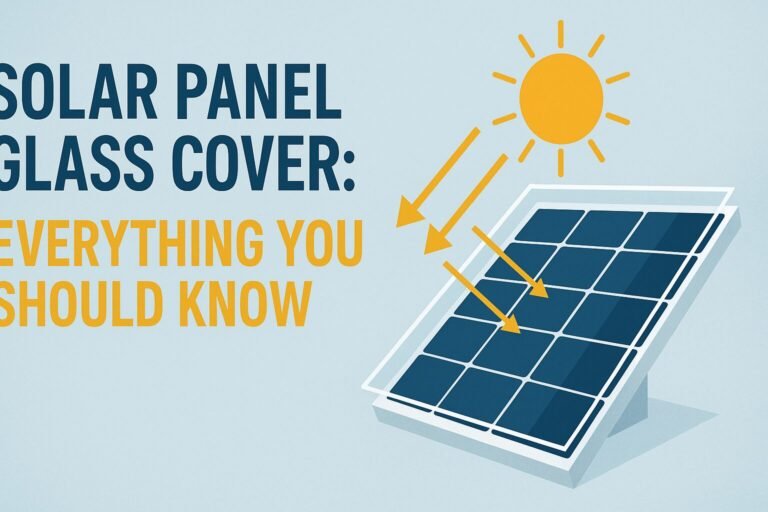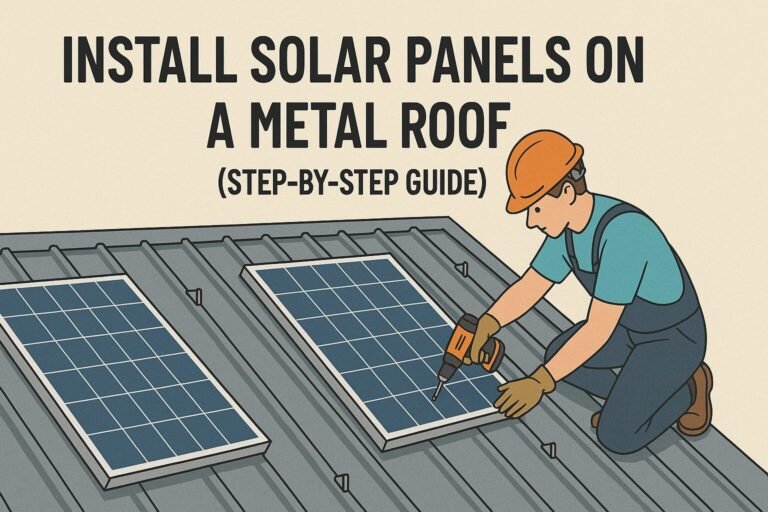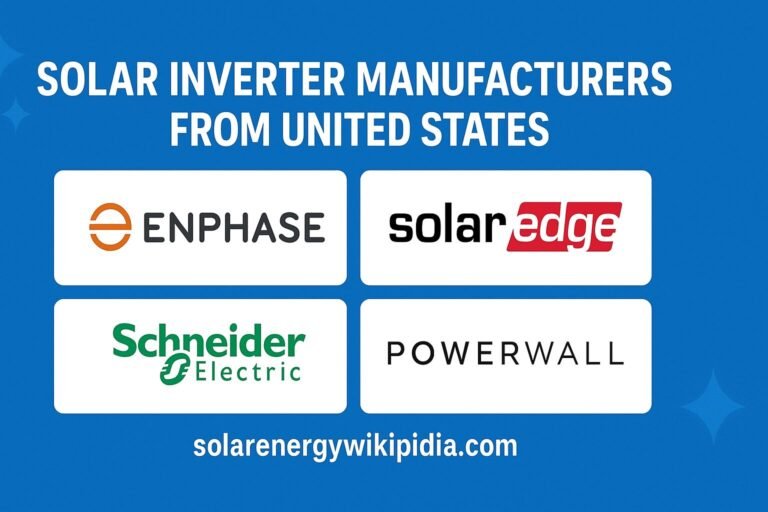
Explain how location plays a role in solar energy efficiency and impacts power generation. Have you ever wondered why some homes with solar panels seem to generate abundant energy while others struggle to meet basic power needs? The answer often lies not in the quality of the panels themselves but in a factor many homeowners overlook: location. From the angle of your roof to your geographical position on Earth, where you place your solar installation can make the difference between significant energy savings and disappointing returns.
Table of Contents
For many families investing their hard-earned money in solar technology, choosing the wrong location has led to years of underperformance. Understanding the crucial role of location in solar efficiency could save you from making a costly mistake.
Importance of location in solar power generation
The location matters a lot for solar panels. Good spots get more direct sunlight each day. Places near the equator work best for solar power. Desert areas have fewer clouds to block the sun. Flat land makes it easier to install solar panels. Mountain shadows can reduce how much power you make.
Different places have different weather patterns. Sunny regions produce more solar energy than rainy ones. Dust storms can cover panels and lower their output. Coastal areas may face salt damage to the equipment. Snow can block sunlight in cold regions. The right location helps save money on cleaning and repairs.
Solar Energy Efficiency in Different Locations
Solar panels work better in some places than others. Desert areas get the most power from solar panels. Cold mountain regions get less solar energy overall. Coastal sites face challenges from salty air and storms. Cities may have shade from tall buildings nearby. Sunny states like Arizona produce more solar power easily.
The angle of sunlight changes with location. Countries near the equator receive direct sunlight all year. Northern places get weaker sunlight in winter months. Foggy coastal cities reduce solar panel output. Dry climates help panels stay clean longer. Each location needs a different solar panel setup.
What are the effects of the angle of solar panels on their efficiency?
The best solar panels are those that receive sunlight directly. Panels lying flat on the ground waste a lot of energy. The best angle changes based on where you live on Earth. A panel needs to face the sun during peak hours. Most homes in the USA work well with panels tilted at 30-45 degrees. Dirt and snow slide off tilted panels more efficiently than flat ones.
Moving panels to track the sun makes them even more efficient. Unique mounting systems can adjust angles throughout the year. Winter needs a steeper angle since the sun stays lower in the sky. Summer works better with a flatter panel angle. Some large solar farms use robots to move their panels. Smart tracking systems can boost energy output by up to 40 percent.
Sunlight Availability and Its Effect on Solar Panels
Solar Intensity Across Regions
Sunlight strength varies in different places around the world. The equator gets the strongest and most direct sunlight. Desert regions receive clear, intense sunshine most days. High-altitude areas get stronger UV rays for solar panels. Coastal regions often face morning fog that blocks sunlight. Urban areas may have pollution that reduces sun exposure. Different locations get different amounts of daylight hours.
Seasonal Changes in Sunlight
Seasons affect how much power solar panels can make. Summer months provide longer days with more sunlight. Winter brings shorter days and weaker sun angles. Snow can reflect extra light onto panels in winter. Cloud cover changes throughout the year affect panel output. Spring and fall have moderate sunlight levels. Local weather patterns impact daily solar energy production.
Impact of Latitude on Solar Efficiency
What is Solar Efficiency?
Solar efficiency means how well panels turn sunlight into power. The amount of sunlight reaching panels varies across the Earth. Different places get different amounts of sun throughout the year.
Panel setup must match your specific location. Good design helps capture maximum sunlight all year.
Why Latitude Matters
Your distance from Earth’s equator affects solar power output. A place near the equator receives more direct sunlight. Countries far north or south receive angled sunlight rays. Higher latitudes have shorter winter days. Summer days get longer as you move away from the equator.
Equatorial Advantages
Countries near the equator enjoy steady sunlight year-round. Solar panels can lie almost flat in these regions. Daily sun patterns stay similar throughout the seasons. Energy production remains stable across months. These areas often get the most solar energy.
Northern Hemisphere Challenges
Northern locations need steeper panel angles. The winter sun stays low in the northern sky. Summer brings longer days but different sun angles. Spring and fall require angle adjustments. Snow can block sunlight in cold regions.
Southern Hemisphere Patterns
Southern locations face north for best results. December brings peak sunlight to these areas. Panel angles need regular seasonal changes. Summer heat can reduce panel efficiency. Cooling systems help maintain power output.
Seasonal Adjustments
Different seasons need different panel positions. Winter usually requires steeper mounting angles. Summer allows for flatter panel placement. Spring and fall work best with middle angles. Regular adjustments maximize energy capture.
Technology Solutions
Modern tracking systems follow the sun’s movement. Smart controls adjust panels throughout the day. Sensors detect the best angles automatically. Computer programs calculate optimal positions. These improvements help overcome latitude challenges.
These factors affect solar power around the world. The system design must consider local conditions. Professional installers understand regional needs. The proper setup ensures maximum efficiency. Good planning leads to better energy production.
Final Answer for explain how location plays a role in solar energy efficiency
Location affects how well solar panels work. Sunny places near the equator get the most power from solar panels. Desert areas are great for solar energy because they have lots of clear days. Cold places still work but need a special setup for snow and shorter days.
Some spots are better than others, even in the same city. Trees and tall buildings can block sunlight. Places with lots of rain or fog make less solar power. Mountains can create shadows that reduce power output.
The best spots get lots of sun and don’t have things blocking the light. Good planning helps fix problems from bad locations. New technology helps panels work better in all places. Knowing your location helps you get more power from your solar panels.
FAQ related to how location affects solar energy efficiency
Q1: Does living near the equator make solar panels work better?
Yes, equatorial regions get more direct sunlight all year, making panels produce more power.
Q2: Can solar panels work in cold, snowy places?
Yes, but they need steeper angles to shed snow and catch low winter sun.
Q3: Do cloudy cities get enough sun for solar panels?
They work but make less power. Germany has lots of solar power despite many cloudy days.
Q4: Is a south-facing roof better for solar panels?
Yes, in the northern half of Earth, south-facing roofs catch more sunlight and make more power.
Q5: Does high altitude affect solar panel output?
Yes, higher places get stronger sunlight because there’s less atmosphere to block the sun’s rays.






6 thoughts on “Explain How Location Plays a Role in Solar Energy Efficiency in 2025”